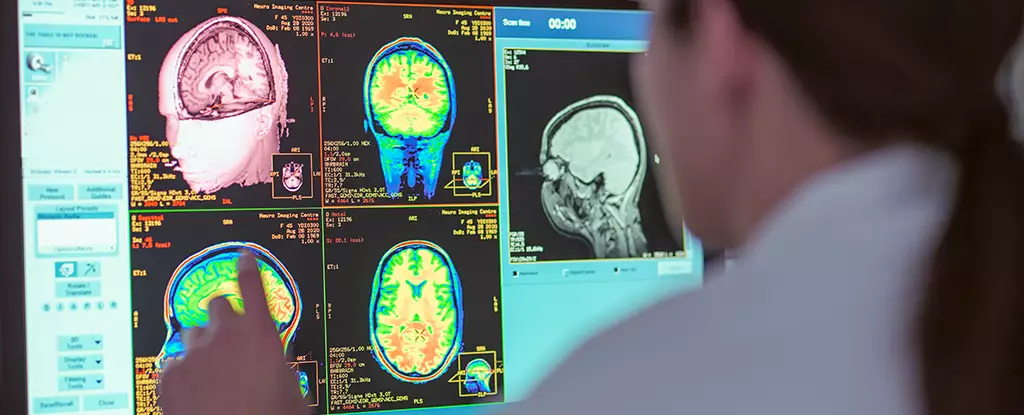When Lucas, a brave six-year-old boy, was diagnosed with the rare and aggressive brain tumor known as diffuse intrinsic pontine glioma (DIPG), his prognosis seemed bleak. With no effective drugs available, doctors had little hope to offer his devastated parents. However, against all odds, Lucas miraculously defied his prognosis and survived. Today, at the age of 13, he is not only alive but completely tumor-free. This remarkable feat makes Lucas the first child in the world to have been cured of brainstem glioma.
A Glimmer of Hope
Brainstem glioma is an extremely brutal and deadly form of cancer, diagnosed in around 300 children in the United States and up to 100 children in France each year. The chances of survival for children with this tumor are dishearteningly low, with only 10 percent living beyond the two-year mark. Despite the grim statistics, the medical community has made significant advances in the treatment and survival rates of childhood cancer as a whole. Thanks to these breakthroughs, 85 percent of children now survive for more than five years after their initial cancer diagnosis.
Lucas and his family decided to participate in the BIOMEDE trial, a groundbreaking study in France that tests experimental drugs to combat DIPG. Lucas was among the first patients enrolled in the trial and was assigned to receive a drug called everolimus. To the astonishment of doctors, Lucas responded exceptionally well to the treatment. A series of MRI scans revealed that the tumor was gradually disappearing, leaving no trace.
Dr. Jacques Grill, the head of the brain tumor program at the Gustave Roussy cancer center in Paris, is amazed by Lucas’s remarkable recovery. Not only did he respond uncommonly well to the drug, but he also stopped taking it on his own accord a year and a half ago, and the tumor has not returned. Lucas’s case has left both doctors and researchers baffled, as his exceptional recovery is an anomaly. It is believed that an extremely rare mutation in Lucas’s tumor cells made them highly sensitive to the drug, facilitating complete eradication.
Uncovering the Secrets
Researchers are now delving into the genetic abnormalities of DIPG tumors, including Lucas’s, in order to uncover valuable insights. The team is creating tumor “organoids” in the lab to replicate Lucas’s genetic differences and determine if they can effectively kill off the tumor cells. If successful, the next step would be to identify a drug that can produce the same effect as the cellular changes observed in Lucas’s case. Although the researchers are excited about this new lead, they caution that developing a viable treatment is a lengthy and complex process that may take up to 10-15 years.
A Changing Landscape
Despite the challenges that lie ahead, the landscape for DIPG treatment has transformed significantly over the last decade. Breakthroughs in laboratory research and increased funding, coupled with trials such as BIOMEDE, have ignited hope among medical professionals, including David Ziegler, a pediatric oncologist at Sydney Children’s Hospital. Ziegler expresses his conviction that the medical community will soon discover a cure for some DIPG patients, thanks to the progress made in recent years.
Lucas’s miraculous recovery is a beacon of hope in the battle against brainstem glioma. His unique case has shed light on the potential effectiveness of certain drugs and the importance of understanding the genetic abnormalities of the tumor. While there is still a long road ahead, the dedication of researchers and the advancements being made offer renewed hope to children and families battling this devastating disease.


Leave a Reply